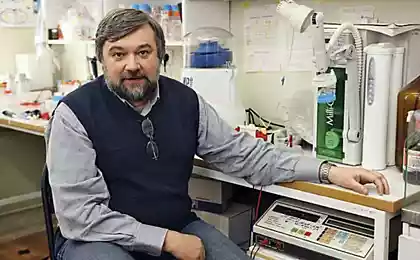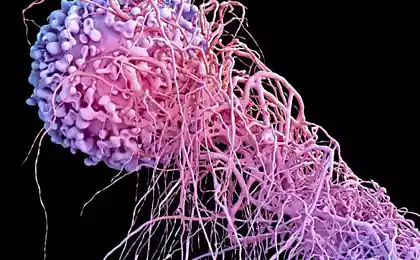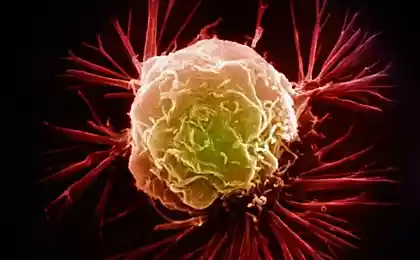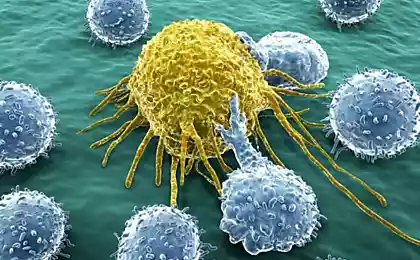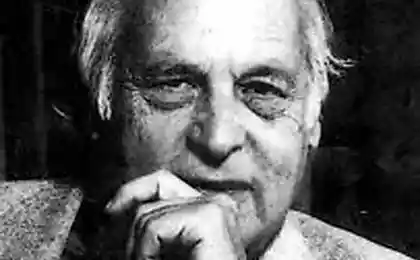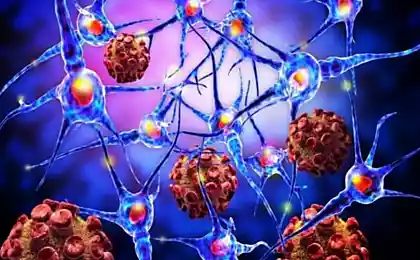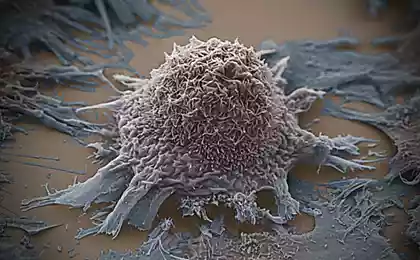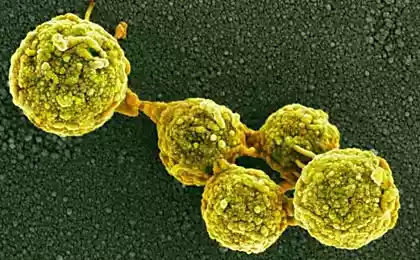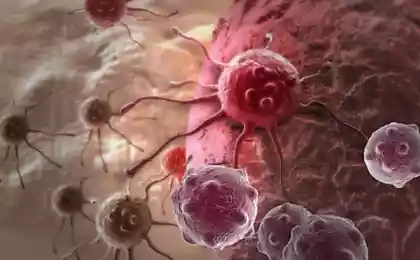376
Popular painkillers were anti-cancer agent
The company is Repurposing Drugs in Oncology (ReDO) found anti-cancer effect in a known analgesic and anti-inflammatory drug — diclofenac. On Wednesday, January 13, the newspaper writes N+1 with reference to the results.
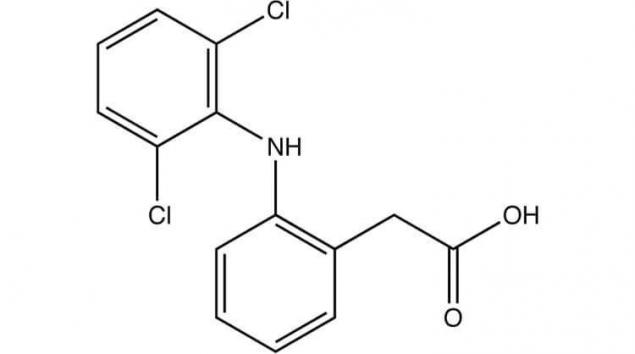
ReDO staff conducted a meta-analysis of works devoted to the antitumor effect of diclofenac. In the end, it turned out that this effect can be considered significant. In effect studied pharmacokinetics, relatively low toxicity and low cost of the drug, scientists have attributed it to strong candidates for use as chemotherapy.
Since the drug is used for pain in cancer and after surgery, several studies have been conducted, which compared the treatment results of patients receiving and not receiving this tool. It turned out that the appointment of diclofenac significantly decreased the probability of distance metastasis and overall mortality in patients with tumors of the breast, lung and kidney, and generally slowed the progression of the disease.
According to researchers, the antitumor effects of diclofenac primarily related to its direct action as an inhibitor of cyclooxygenase. And for antitumor activity of diclofenac may respond to such effects as suppression of growth of feeding the tumor vessels, immunomodulation, suppression of platelet activity and glucose metabolism.
Diclofenac relates to nonsteroidal anti-inflammatory drugs that have long interested researchers as a potential means of cancer prevention. This is the "classic" analgesic and anti-inflammatory agent that is designed and derived to the market in 1973 by the company Ciba-Geigy. It is widely used in various pains, rheumatic diseases, lesions of the musculoskeletal system and the actinic keratoses.
ReDO is an international project designed to search for anti-cancer properties of drugs that are used or were used for other reasons. Preference is given to drugs that are widely available and inexpensive.published
P. S. And remember, only by changing their consumption — together we change the world! ©
Join us in Facebook , Vkontakte, Odnoklassniki
Source: tvrain.ru/articles/redo-401669/

ReDO staff conducted a meta-analysis of works devoted to the antitumor effect of diclofenac. In the end, it turned out that this effect can be considered significant. In effect studied pharmacokinetics, relatively low toxicity and low cost of the drug, scientists have attributed it to strong candidates for use as chemotherapy.
Since the drug is used for pain in cancer and after surgery, several studies have been conducted, which compared the treatment results of patients receiving and not receiving this tool. It turned out that the appointment of diclofenac significantly decreased the probability of distance metastasis and overall mortality in patients with tumors of the breast, lung and kidney, and generally slowed the progression of the disease.
According to researchers, the antitumor effects of diclofenac primarily related to its direct action as an inhibitor of cyclooxygenase. And for antitumor activity of diclofenac may respond to such effects as suppression of growth of feeding the tumor vessels, immunomodulation, suppression of platelet activity and glucose metabolism.
Diclofenac relates to nonsteroidal anti-inflammatory drugs that have long interested researchers as a potential means of cancer prevention. This is the "classic" analgesic and anti-inflammatory agent that is designed and derived to the market in 1973 by the company Ciba-Geigy. It is widely used in various pains, rheumatic diseases, lesions of the musculoskeletal system and the actinic keratoses.
ReDO is an international project designed to search for anti-cancer properties of drugs that are used or were used for other reasons. Preference is given to drugs that are widely available and inexpensive.published
P. S. And remember, only by changing their consumption — together we change the world! ©
Join us in Facebook , Vkontakte, Odnoklassniki
Source: tvrain.ru/articles/redo-401669/
(Un)beautiful self-justifying stories
Workshop for gouging on survival in conditions of Russian winter
